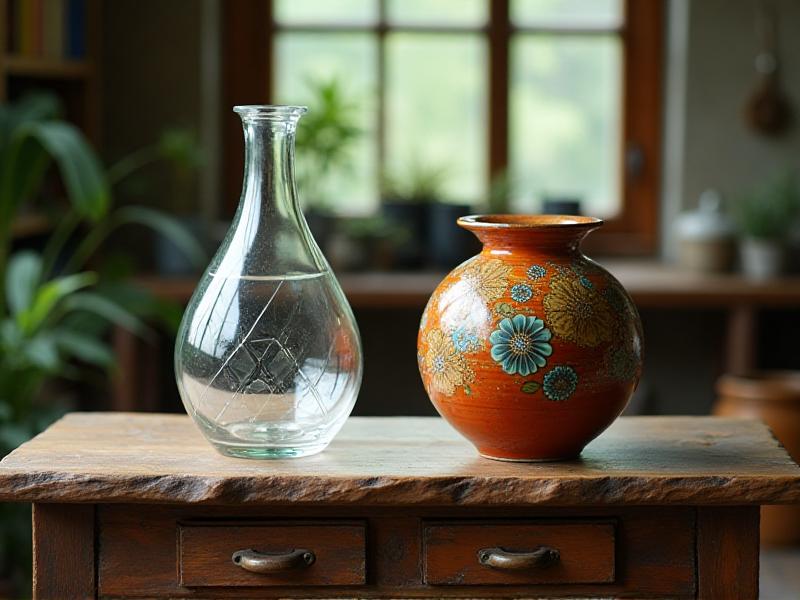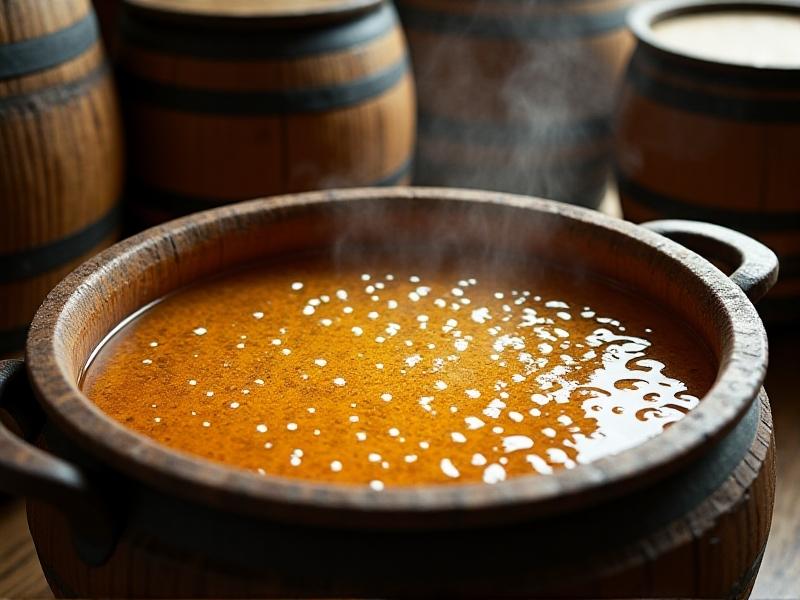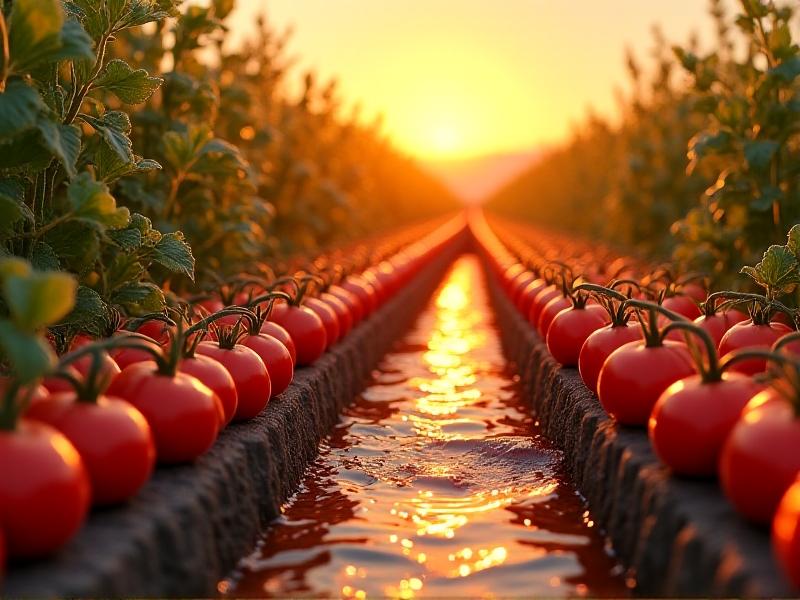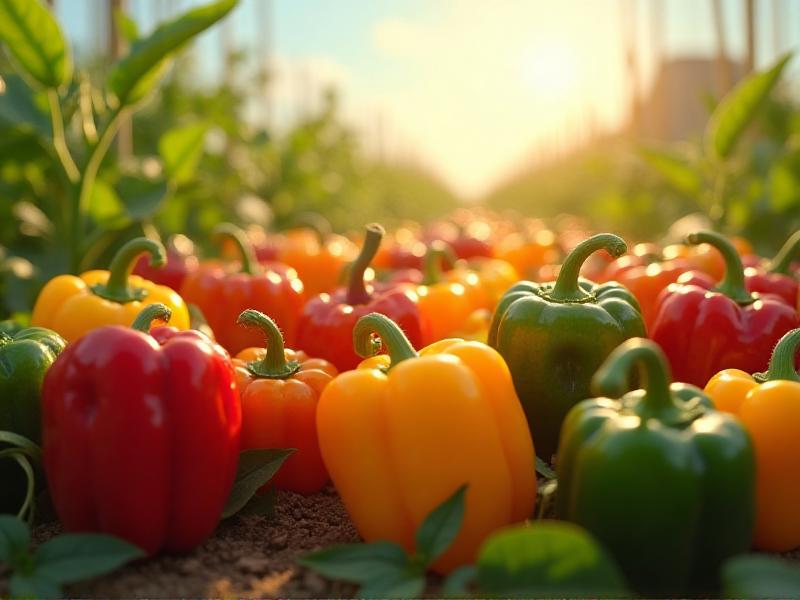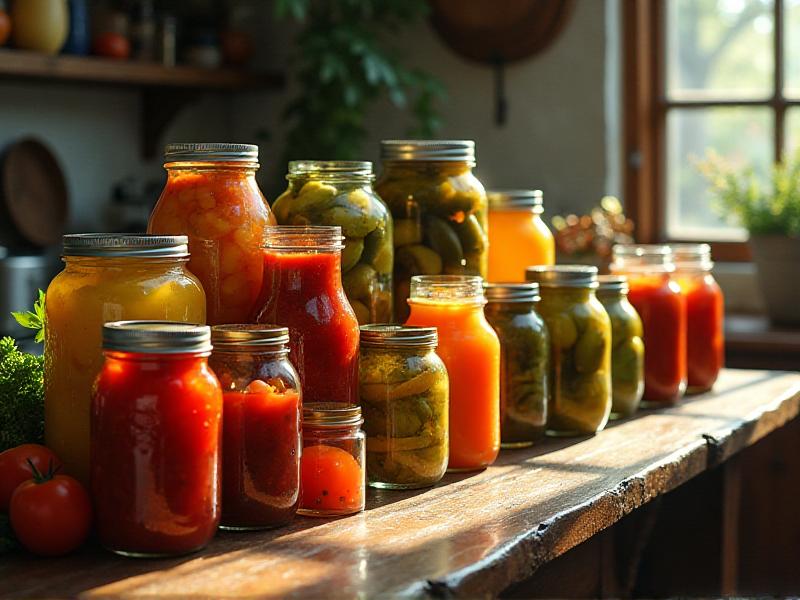Microbial Starter Cultures for Consistent Results
The Science Behind Microbial Starter Cultures
Microbial starter cultures are the unsung heroes of consistent food production. These cultures, composed of carefully selected microorganisms, are used to initiate fermentation processes in various food products, from yogurt to sourdough bread. The science behind these cultures lies in their ability to produce specific enzymes and metabolites that transform raw ingredients into flavorful, safe, and shelf-stable products. By controlling the types and ratios of microorganisms, producers can ensure uniformity in taste, texture, and quality across batches.
One of the key aspects of microbial starter cultures is their reproducibility. Scientists isolate strains of bacteria, yeast, or molds that exhibit desirable traits, such as rapid fermentation or the production of specific flavors. These strains are then propagated in controlled environments to create starter cultures that can be used in industrial or artisanal food production. The precision involved in this process ensures that each batch of food product meets the same high standards, making microbial starter cultures indispensable in the food industry.
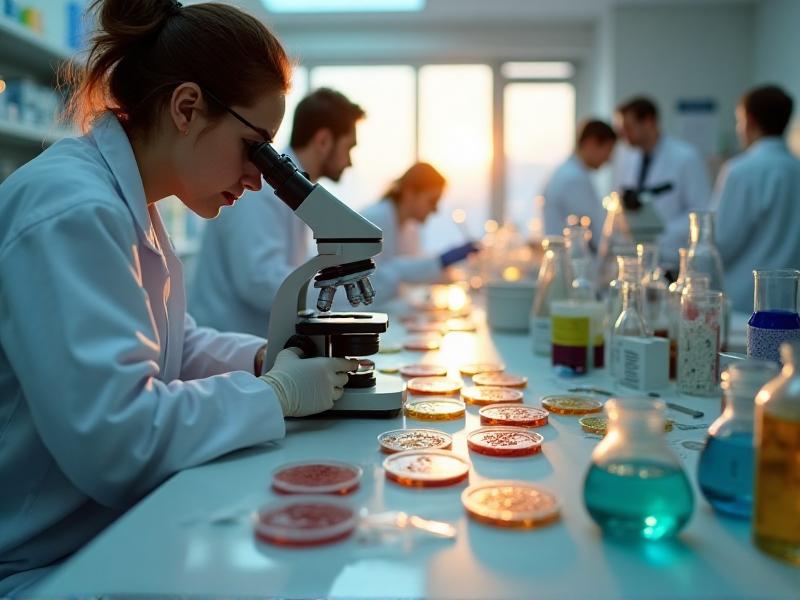
Types of Microbial Starter Cultures
Microbial starter cultures come in various forms, each tailored to specific food products and fermentation processes. The most common types include lactic acid bacteria, yeast, and molds. Lactic acid bacteria, such as Lactobacillus and Streptococcus species, are widely used in dairy products like yogurt and cheese. These bacteria convert lactose into lactic acid, which not only preserves the product but also imparts a tangy flavor.
Yeast cultures, particularly Saccharomyces cerevisiae, are essential in baking and brewing. In bread-making, yeast ferments sugars to produce carbon dioxide, which causes the dough to rise. In brewing, yeast converts sugars into alcohol and carbon dioxide, creating beer and other fermented beverages. Molds, such as Penicillium species, are used in the production of certain cheeses like blue cheese, where they contribute to the unique flavor and texture. Each type of culture plays a distinct role, ensuring the desired characteristics of the final product.

Applications in the Food Industry
The applications of microbial starter cultures in the food industry are vast and varied. In dairy production, these cultures are used to create products like yogurt, kefir, and various types of cheese. The consistency and safety of these products rely heavily on the precise use of starter cultures. For example, in yogurt production, specific strains of lactic acid bacteria are added to milk to initiate fermentation, resulting in a thick, creamy texture and a tangy flavor.
In the meat industry, starter cultures are used in the production of fermented sausages like salami. These cultures not only enhance the flavor but also inhibit the growth of harmful bacteria, ensuring the safety of the product. In the beverage industry, yeast cultures are essential for brewing beer, making wine, and producing kombucha. The versatility of microbial starter cultures makes them a cornerstone of modern food production, enabling the creation of a wide range of products with consistent quality.
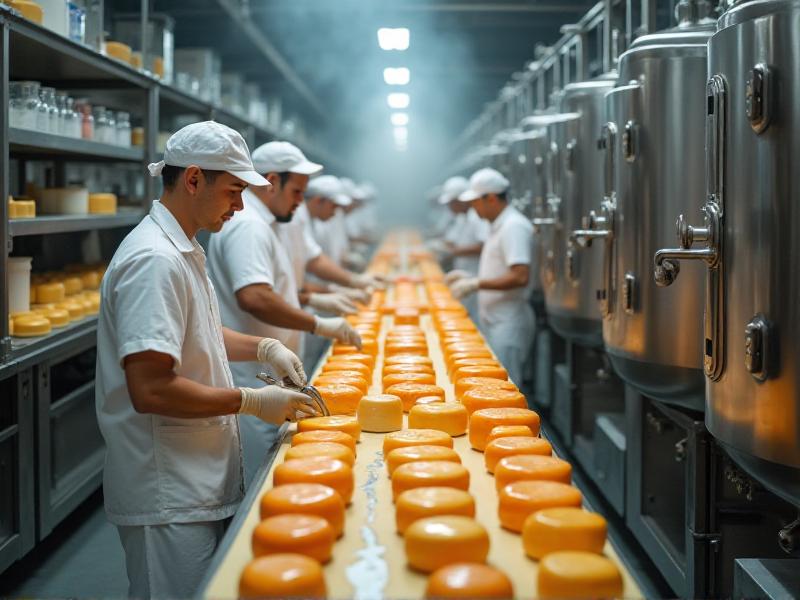
Benefits of Using Starter Cultures
The benefits of using microbial starter cultures extend beyond consistency in food production. One of the primary advantages is the enhancement of food safety. By introducing beneficial microorganisms, starter cultures outcompete harmful bacteria, reducing the risk of foodborne illnesses. Additionally, the fermentation process often results in the production of bioactive compounds, such as probiotics, which have been shown to promote gut health.
Another significant benefit is the improvement of flavor and texture. Starter cultures produce enzymes and metabolites that break down complex molecules into simpler, more flavorful compounds. This not only enhances the taste but also improves the texture of the final product. For example, the use of lactic acid bacteria in cheese production results in a creamy texture and a complex flavor profile. The economic benefits are also noteworthy, as the use of starter cultures reduces production time and waste, leading to cost savings for manufacturers.
Challenges in Developing Starter Cultures
Despite their many advantages, developing microbial starter cultures is not without challenges. One of the primary difficulties is ensuring the stability and viability of the cultures during storage and transportation. Microorganisms are sensitive to environmental conditions, such as temperature and humidity, which can affect their performance. To address this, researchers are developing advanced encapsulation techniques that protect the cultures and extend their shelf life.
Another challenge is the need for continuous innovation to meet consumer demands for new and unique flavors. This requires the isolation and characterization of novel microbial strains that can produce desirable traits. Additionally, regulatory hurdles must be navigated to ensure that new starter cultures are safe for consumption. Despite these challenges, ongoing research and technological advancements are paving the way for the development of more robust and versatile starter cultures.
Future Trends in Microbial Starter Cultures
The future of microbial starter cultures is poised for exciting developments, driven by advancements in biotechnology and consumer trends. One emerging trend is the use of genetically modified microorganisms to enhance the functionality of starter cultures. For example, researchers are engineering strains of lactic acid bacteria to produce higher levels of bioactive compounds, such as vitamins and antioxidants. This not only improves the nutritional profile of fermented foods but also opens up new possibilities for functional foods.
Another trend is the growing interest in artisanal and traditional fermentation methods. Consumers are increasingly seeking unique and authentic flavors, leading to a resurgence in the use of wild and indigenous microbial cultures. This trend is also driving the development of region-specific starter cultures that capture the unique terroir of different locations. As the demand for sustainable and health-conscious food options continues to rise, microbial starter cultures will play a pivotal role in shaping the future of food production.
